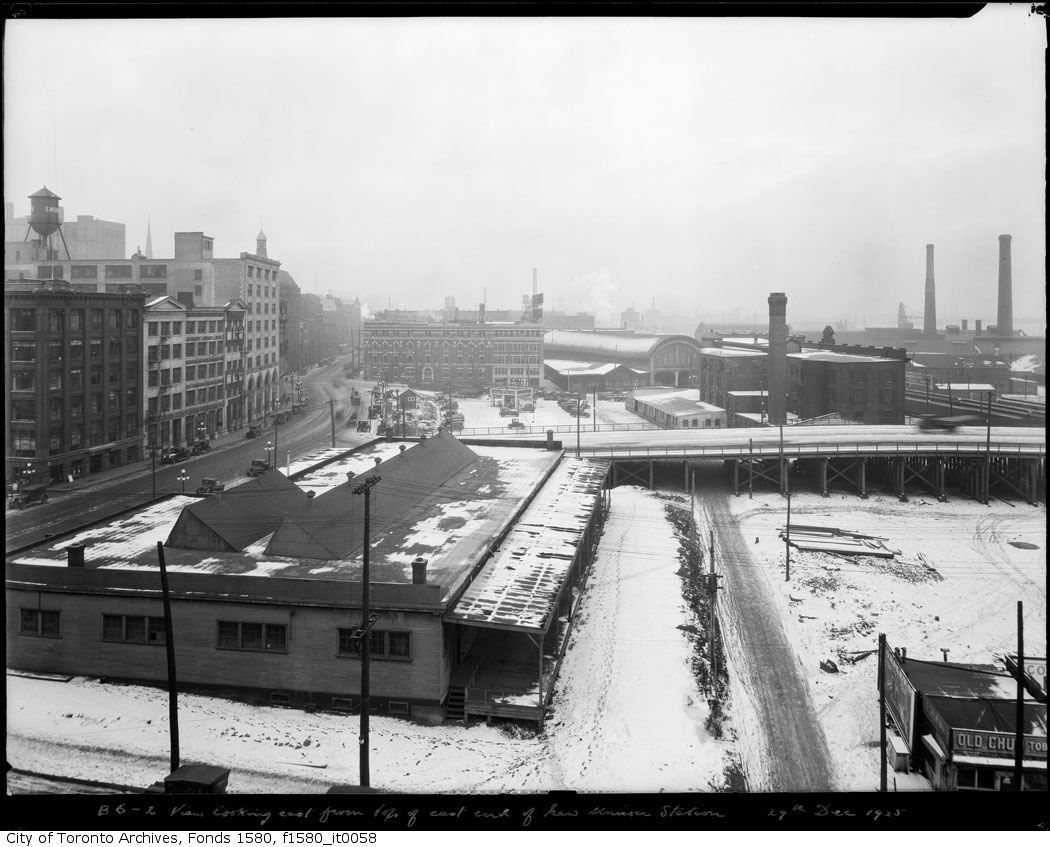thecharioteer
Senior Member
Further to your Rossin House panorama, deepend, here's one from September 22, 1915 (95 years ago, next Wednesday, weather seems like today's) from the top of the Royal Bank Building at King and Yonge:














Last edited:
























